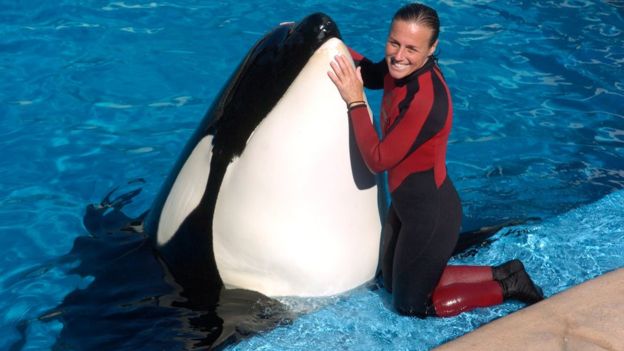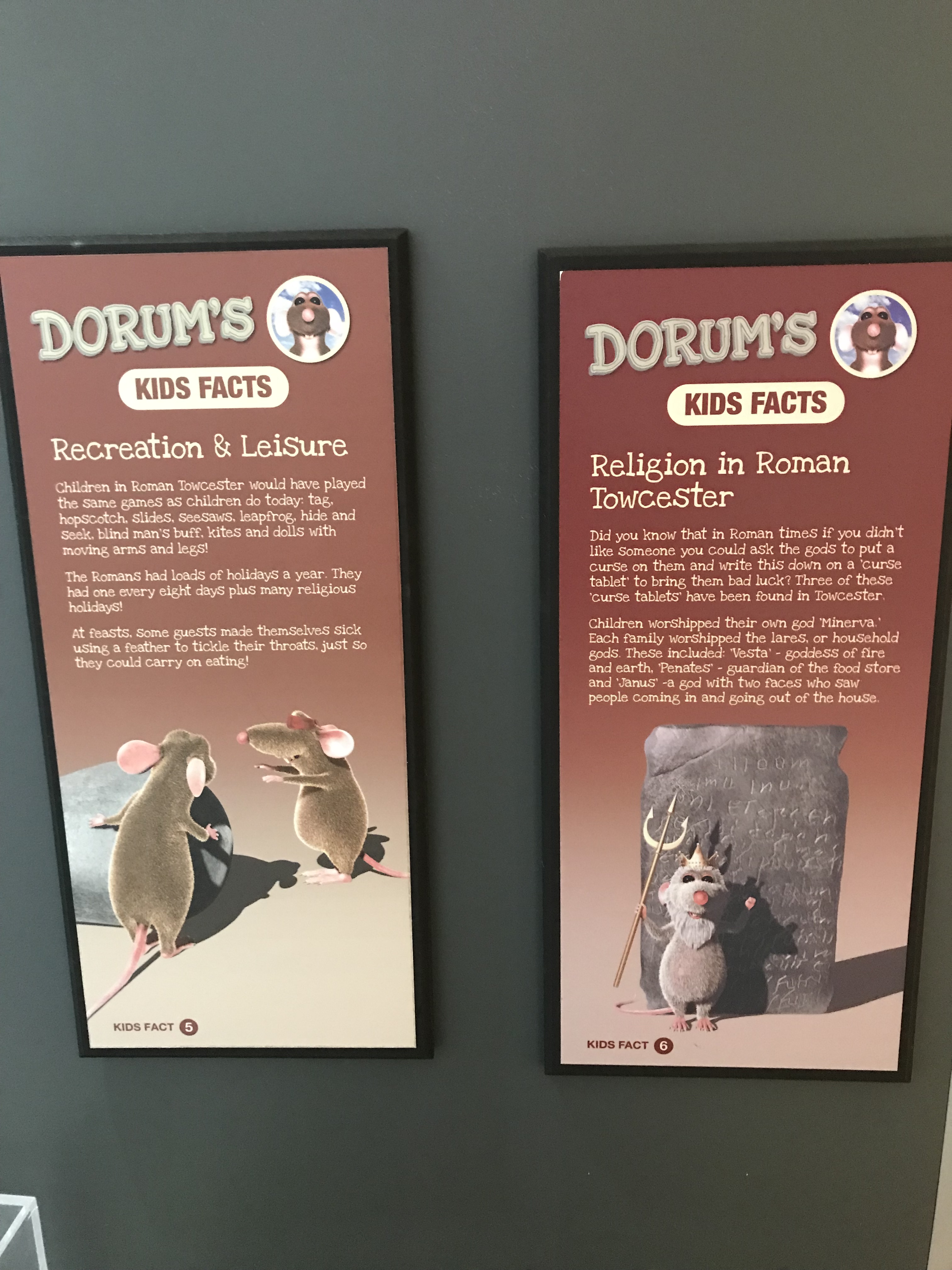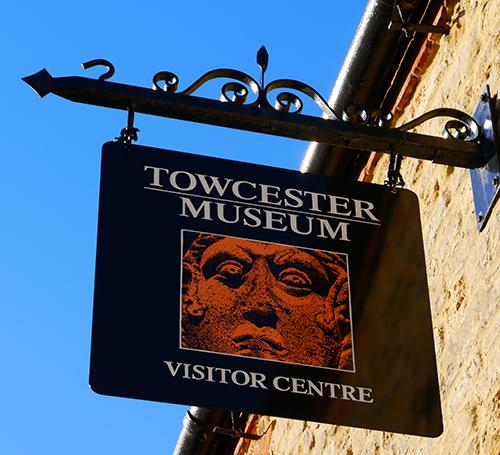Huge crowds scrambled up Australia’s Uluru for the final time on Friday 25th October, ahead of a ban on climbing the sacred rock. The giant monolith – once better known to visitors as Ayers Rock – will be permanently off limits from Saturday 26th October
Uluru is sacred to its indigenous custodians, the Anangu people, who have long implored tourists not to climb. Only 16% of visitors went up in 2017 – when the ban was announced – but the climb has been packed in recent weeks.
The final climbers faced a delayed start due to dangerously strong winds – one of many reasons Uluru has been closed to people wishing to reach the top over the years. The walk can be hazardous, with dozens dying since the 1950s. The high temperatures in the area, which can reach 47C (116F) in the summer, mean visitors have died of dehydration and other heat-related events.
But the steep and slippery climb to the summit – which stands 348m (1,142ft) high – can also prove dangerous. Just last year, a Japanese tourist died while attempting to ascend one of the steepest parts of the rock. (BBC News, 2019)
Is the closure good or bad news? If so, then for whom? Does this represent long overdue recognition of sustainable behaviours at natural attractions? What are the triple-bottom line implications of this decision? Should Uluru ever have been a climbable attraction in the first place?








